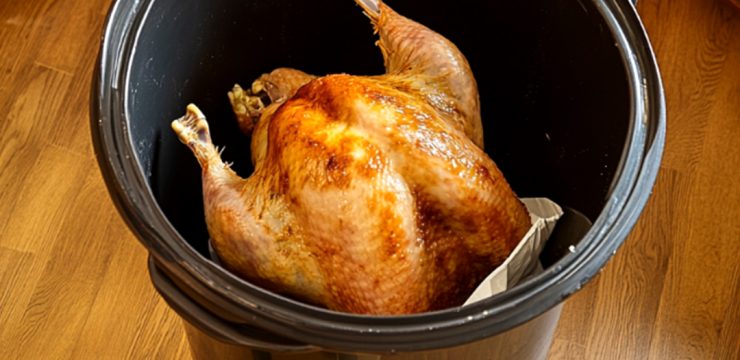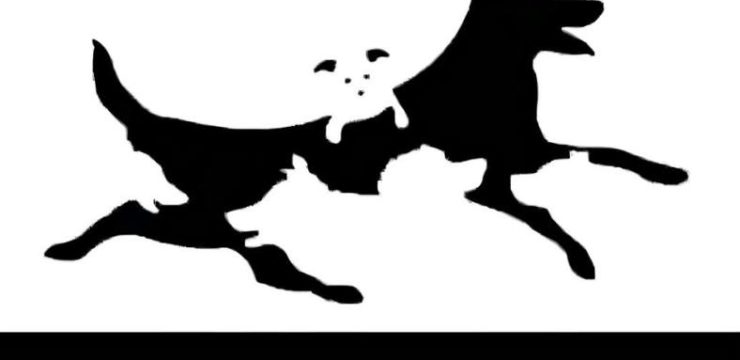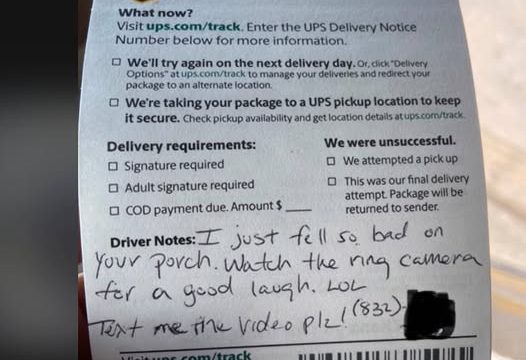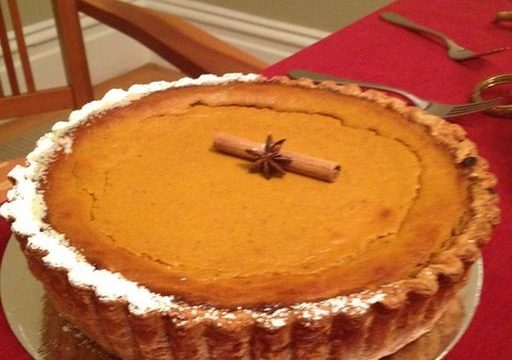If you’ve ever found strange yellow drips trickling down your bathroom walls, you’re likely both confused and concerned. Bathrooms are meant to be clean, refreshing spaces, so yellow stains are definitely a surprise. You’re probably wondering, “What could be causing this?” Don’t worry; you’re not alone. Here, we’ll dive into the possible causes behind these yellow drips and what you can do to resolve the issue.
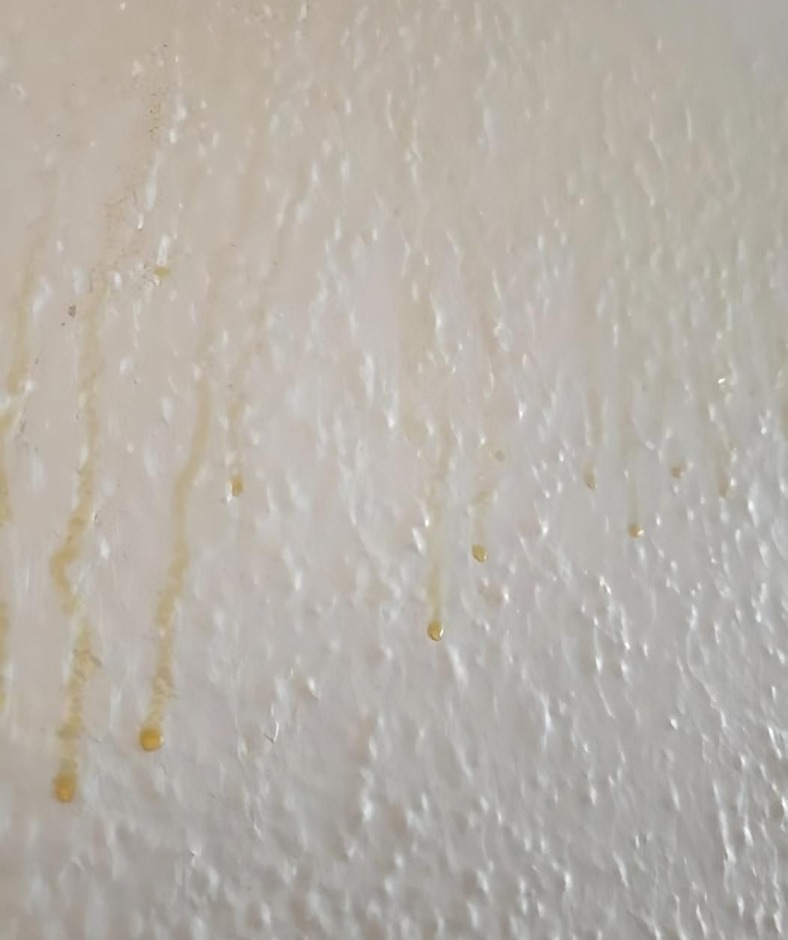
Could It Be Mold? Understanding the Risks
One of the most common culprits behind yellow drips is mold. Mold thrives in moist areas like bathrooms, where it can latch onto wet surfaces and grow quickly. More than just a nuisance, mold is a type of fungus that can pose serious health risks. Exposure to mold may trigger allergies, worsen respiratory issues, and lead to other chronic health conditions. That’s why catching it early and addressing it is so important.
If those yellow stains are accompanied by a musty smell or make you sneeze when you’re in the room, mold might indeed be the cause. Bathrooms are the perfect environment for mold to grow, given the high humidity from daily showers.
Why Bathrooms Are Prone to Mold Growth
In bathrooms, mold growth is almost a given if moisture isn’t managed properly. After a hot shower, steam fills the room and eventually condenses on the walls, ceilings, and tiles. Without adequate ventilation, this moisture lingers, making the bathroom a perfect environment for mold.
Mold can appear in hidden places—behind the toilet, under the sink, or even on the ceiling. Sometimes it shows up as yellow or even black streaks on the walls. If you’re seeing those yellow drips, mold may already be embedded in the walls.
Other Possible Causes of Yellow Drips
While mold is a top suspect, it’s not the only possibility. Here are some other reasons you might see yellow stains on your bathroom walls:
- Nicotine Stains
If a previous homeowner or tenant was a smoker, nicotine residue could be to blame. Over time, nicotine can seep through layers of paint, especially in humid spaces like bathrooms. Even if you’ve repainted, nicotine stains might still reappear through the paint as they work their way out of the wall. - Soap Scum and Hard Water Deposits
Soap scum and minerals from hard water can build up and leave yellow stains on walls. Hard water deposits, mixed with soap residue, can result in yellow drips and stains. If your area has hard water, the minerals in it might be contributing to the problem. - Yellow Mold and Mildew
Mold isn’t always green or black—sometimes, it’s yellow. Yellow mold, especially when mixed with soap scum or moisture, may look like the yellow drips you’re noticing. Just like black mold, yellow mold can be harmful, so addressing it promptly is crucial.
How to Prevent Yellow Stains and Mold Growth in Your Bathroom
Stopping mold and other yellow stains before they start is always easier than cleaning them up. Here are some practical prevention tips:
- Improve Ventilation
Make sure your bathroom has adequate ventilation. Open windows, turn on exhaust fans, and leave the door slightly open after showering to reduce moisture buildup. - Wipe Down Surfaces After Showering
After you shower, take a few moments to wipe down the walls and any surfaces where water might have collected. This small habit can make a big difference in preventing mold. - Use Mold-Resistant Paint
If you’re repainting, consider using mold-resistant paint. This type of paint helps prevent mold from growing on walls and is especially useful in high-moisture areas like bathrooms. - Clean Regularly
Regularly cleaning your bathroom, especially the shower and tub areas, can go a long way. Use a cleaner formulated for bathrooms and mold prevention to keep everything fresh.
What to Do If Mold Is Already Present
If you’ve already noticed mold growing, don’t panic. Here’s how to handle it effectively:
- Use a Bleach Solution for Non-Porous Surfaces
For tiles or other hard surfaces, a bleach solution works well. Mix one cup of bleach with a gallon of water, and scrub the affected areas to remove mold. - Try Natural Cleaners
If you’re not a fan of bleach, vinegar or hydrogen peroxide can also be effective against mold. These natural alternatives kill mold without harsh chemicals. - Wear Protective Gear
When cleaning mold, wear gloves and a mask to protect yourself from inhaling mold spores or exposing your skin to strong cleaning agents. - Know When to Call a Professional
If mold has deeply embedded itself into the walls, or if it’s a widespread issue, consider hiring a professional mold removal service. Mold can be stubborn, and professionals have the tools and experience to remove it thoroughly.
Conclusion: Act Fast to Keep Your Bathroom Clean
Yellow drips on your bathroom walls are a sign that something’s amiss. Whether it’s mold, soap scum, nicotine, or hard water deposits, it’s best to find the root cause before things get worse. By following simple steps like regular maintenance, ventilation, and using mold-resistant paint, you can keep your bathroom fresh and clean. And if you notice yellow streaks, don’t hesitate to act quickly, even if that means calling in experts for help.
By staying proactive, you can ensure that your bathroom remains a safe, inviting place—free from any mysterious yellow stains.

